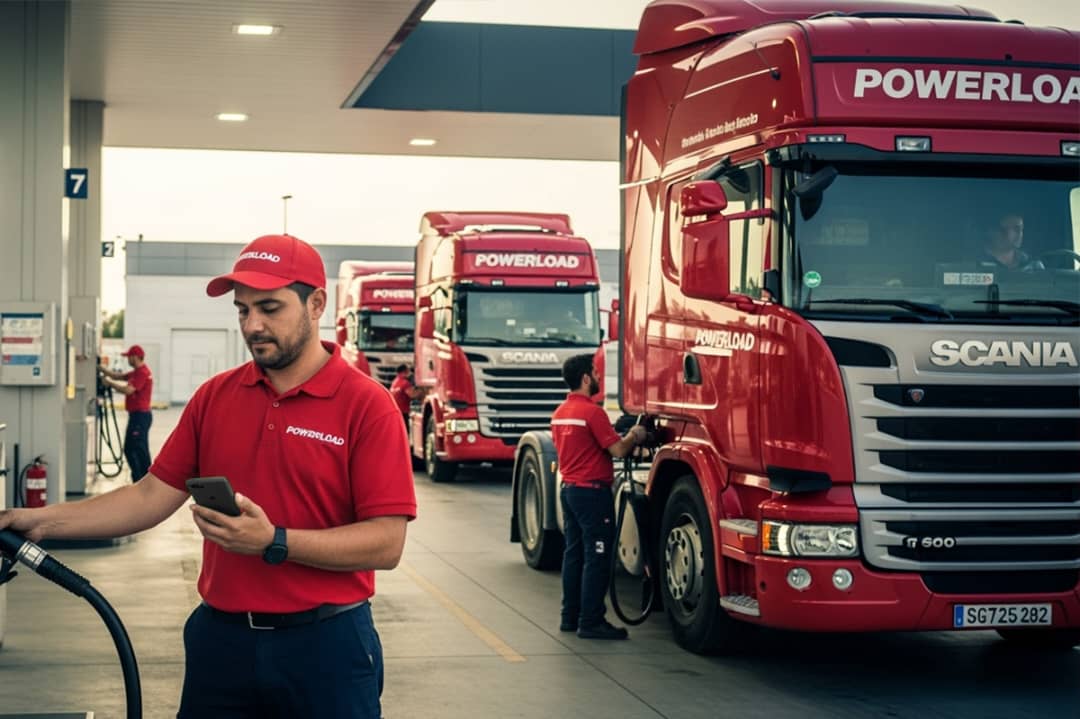For a driver, the price of fuel is a major concern, as they measure the efficiency of their work by the expenses generated and the net income they achieve. They are constantly aware of what they invest in maintenance, insurance, and taxes, and what is left for them to live on, or whether it is essential to upgrade their vehicle’s technology.
In the mind of a professional driver, every euro saved on fuel is not just a profit margin, but a matter of economic survival. In a trade where operating costs are a constant burden, the price of fuel emerges as the most critical variable, accounting for over thirty percent of direct costs in a transport company. This reality turns a seemingly routine decision, such as choosing where to refuel, into an essential financial strategy that can make the difference between a monthly balance sheet in the red or a viable one.
The current situation in Spain adds a layer of complexity. After a period of relative calm, prices have risen again, with 95 octane petrol at around 1.482 euros per liter and diesel at 1.408 euros per liter. However, the real challenge for transporters is not just the general trend, but the profound geographical disparity. Examples such as the difference between diesel in Madrid (1.659 euros per liter) and Barcelona (1.549 euros per liter) reveal a fractured price map, where local competition and proximity to distribution centers create true cost oases and deserts for the consumer.
Faced with this scenario, technology stands as the best ally for efficiency. The notable price variation even within the same city, with differences that can exceed 0.40 euros per liter, makes planning essential. Apps and platforms like fuelmaps.es become fundamental work tools, allowing drivers to locate the cheapest gas stations in real time and thus optimize every euro invested in moving goods.
The final impact of this volatility translates into stark figures. For a vehicle traveling 10,000 km per month, the choice between refueling at the lowest or the highest price can mean a difference of more than 120 euros per month. This amount, extrapolated to a fleet, is not a simple saving, but a direct determinant of profitability.
In a sector with such tight margins, where fuel is the second largest cost after personnel, mastering refueling logistics is no longer an option and becomes an obligation to ensure business sustainability.
In short, the specialized publication “Autónomos en Ruta” makes a contribution to the transport sector by focusing its analysis on the cost of fuel, a component that represents over thirty percent of direct costs and which, therefore, directly impacts the profitability of self-employed drivers.
By providing updated price data, highlighting the notable disparities between autonomous communities and even between gas stations in the same city, and recommending practical tools to find the best prices, the publication empowers professional drivers with crucial information.
This work not only highlights the suffocating pressure of operating costs they face, but also offers them practical knowledge that they can directly translate into significant savings, becoming an indispensable resource for making informed decisions in an already complex economic environment.
Have any thoughts?
Share your reaction or leave a quick response — we’d love to hear what you think!





